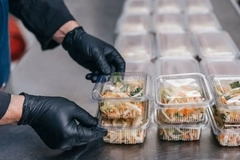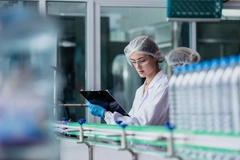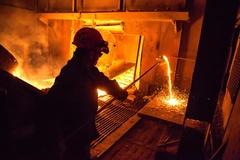Asda Launches 'Planet-Friendly Packaging' for Milk

The GreenBottle is made of paper and a little bit of plastic and we’re starting an exclusive trial with it in Cornwall this weekend (5th February 2011) where it will be used for local Trewithen dairy milk.
2/2/2011 --- We’re always looking for ways to reduce waste and make our business more sustainable so we were excited when we heard about the new GreenBottle for milk, brainchild of British inventor Martin Myerscough who describes it as ‘Planet Friendly Packaging’.
With each plastic milk bottle taking around 500 years to decompose and an amazing 15 million of them used each day, a greener solution would make a major impact on milk bottle waste; and GreenBottles can be composted in just a few weeks.
The GreenBottle is made of paper and a little bit of plastic and we’re starting an exclusive trial with it in Cornwall this weekend (5th February 2011) where it will be used for local Trewithen dairy milk.
Television presenter and eco-engineer Dick Strawbridge is turning milkman to deliver the first bottles to Asda St Austell next week, before it’s rolled out in Bodmin and Falmouth too. If successful, it could be rolled out to more Asda stores.
The GreenBottle is recyclable and the paper casing is 100% compostable. It comes in two parts – a sturdy paper shell and a small inner plastic lining to keep the milk fresh. Once the milk is finished, you can simply rip the bottle, remove the film and recycle or compost the paper.
Asda’s Head of Ethical and Sustainable Sourcing, Chris Brown, said: “As a business we’re always looking for ways to improve sustainability. The milk category is obviously massive for us and if GreenBottle helps reduce waste in our customers’ homes, there’s no doubting it has the potential to become the next great British invention.”
GreenBottle Managing Director, Andy Brent says “We first tested prototypes of GreenBottle a couple of years, ago, and have been working tirelessly since to optimise our design. We now have a bottle that can be produced, filled and distributed in exactly the same way as plastic, and which consumers tell us they overwhelmingly prefer”.











